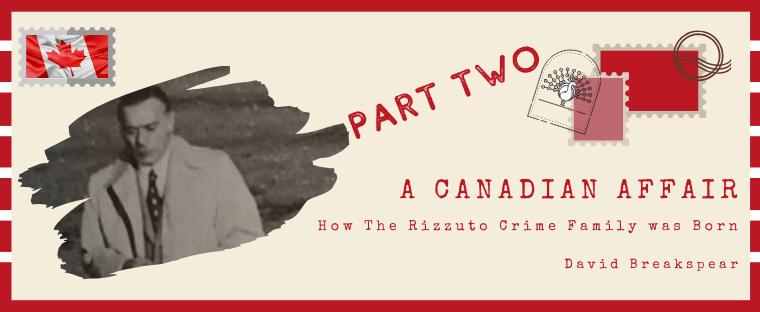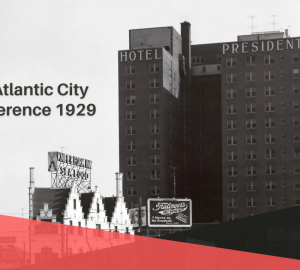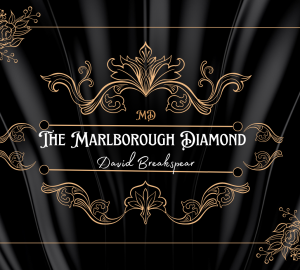In part one of ‘A Canadian Affair: How The Rizzuto Crime Family was Born’ I provided a brief history of the organised crime landscape as it was in Montreal, from when the Rizzuto family landed in Canada in 1954 to the death of Vincenzo Cotroni aged 74 and the beginning of the Rizzuto crime family of Montreal. Cotroni died of cancer on September 19th, 1984.
In part two the focus will be on the Rizzuto family’s rise through the ranks with Nicolo arriving in Montreal. But first, we will once again begin in the small village of Cattolica Eraclea, Sicily.
The small town of Cattolica Eraclea was officially formed on May 24th, 1610 as ‘La Cattolica’ following the granting of a ‘Licentia Populandi’. The ‘Licentia Populandi’ was a privilege afforded to the barons or feudal lords of the Kingdom Of Sicily to populate a fiefdom (an area over which a person or organization exerts authority or influence 1). Permission for the licence was given by either the king himself or by a viceroy. The licences’ at first were granted “in recognition of services rendered to the crown”2, however, it wasn’t long before a licence was available to the highest bidder in order to boost the finances of the kingdom. Cattolica Eraclea is also where, over three hundred years later, on February 18th, 1924 Nicolo Rizzuto, founder of the Rizzuto crime family was born.
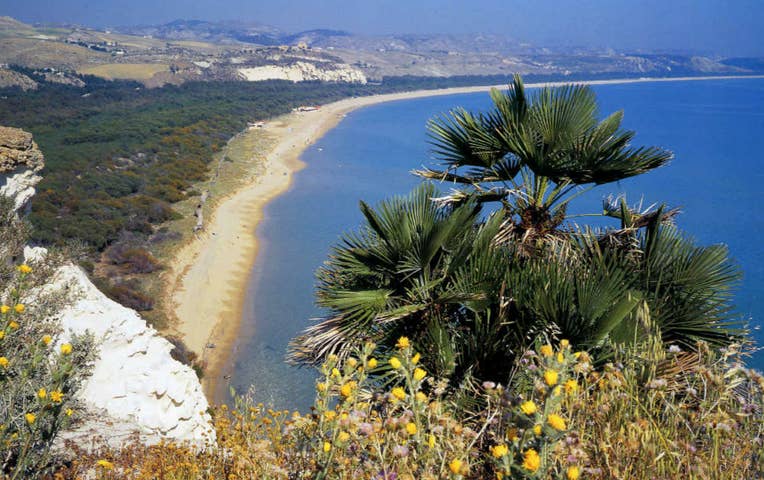
The area was steeped in the traditions of La Cosa Nostra. A young Nicolo would fall in love with the daughter of local Mafia boss, Antonio Manno. Rizzuto’s power grew through his position as middleman between tenants and their powerful landlords. In the province of Agrigento on March 20th, 1945, Nicolo Rizzuto and Libertina Manno were married. Their first child was a boy, Vito was born less than a year later on February 21, 1946, three days after his dads birthday. Rizzuto was also closely connected to the Cuntrera-Caruana families from a neighbouring town, Siculiana.
The Cuntrera-Caruana Mafia clan were dubbed ‘Rothschilds of the Mafia’ and as ‘the bankers of Cosa Nostra’ by the Italian Press. The clan had begun life working as armed guards for the local baron in Siculiana. In September 1993, Alessandro Pansa, the man who in 1982 first stumbled across the clan while he was investigating the Italian side of the drug smuggling operation that became known as the Pizza Connection, gave an interview. Pansa, who was head of the Economic Crime Section of the Servizio Centrale Operativo (SCO) of the Italian National Police said of the clan “Almost all the money of the Sicilian Mafia in North America to purchase heroin and the resulting proceeds went through their hands”.3 During the fascist leadership of Mussolini Giuseppe Caruana, who was “the eldest of the Caruana-brothers, was denounced as a mafioso. He was rebuked as an ‘ozioso’ (‘a lazy bones’) suspected of living from ‘the proceeds of criminal activity’.”4
In 1966, the Agrigento Court expelled Giuseppe and Leonardo Caruana and Pasquale Cuntrera from Siculiana. A car-bomb meant for Palermo Mafia boss Salvatore ‘Cicchiteddu’ Greco instead killed seven policemen in Ciaculli a suburb of Palermo in 1963 which became known as the ‘Ciaculli Massacre’. It created public anger who demanded action. In response, the Italian government to disrupt the power of La Cosa Nostra used ‘soggiorno obbligato’ (“a restrictive or precautionary measure, abolished with the referendum of 11/07/1995, with which the court imposed on citizens judged of particular social danger to temporarily reside in a municipality assigned to the national territory under the supervision of the police.”5). Those suspected of involvement with the Mafia were sent all over Italy, many chose to leave Italy altogether. Pasquale Cuntrera and Leonardo Caruana left Italy for Montreal. As did Antonio Manno.
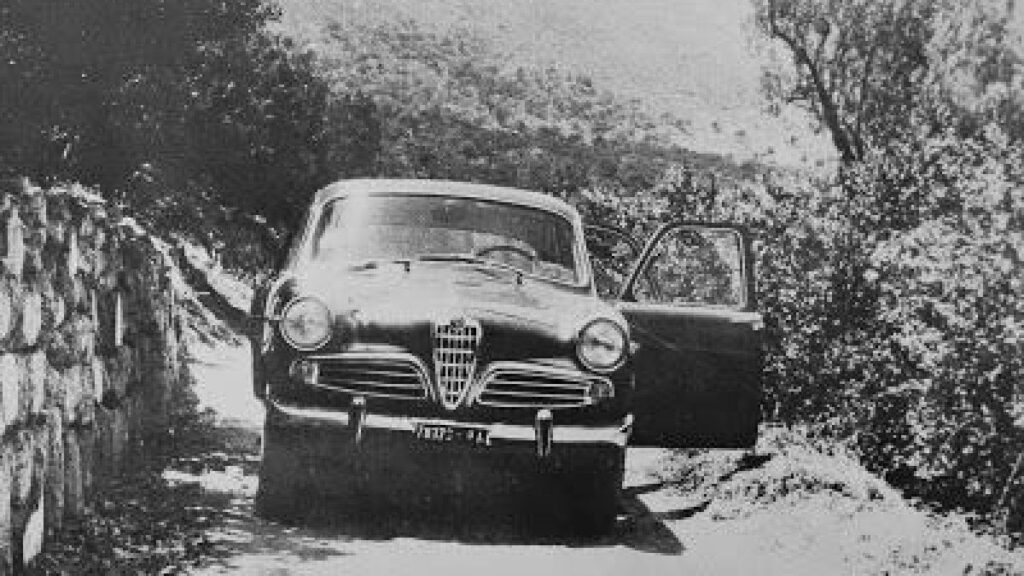
Another infamous Mafiosi born in Siculiana was ‘Zu Cola’, Nicola Gentile aka Nick Gentile who moved to America in 1903 and became an influential organised crime figure in New York during the 20s and 30s. After being caught drug trafficking in 1937 he was told by his bosses in America to jump bail and return to Sicily. Lucky and ‘Zu Cola’ would join forces once more after the deportation to Italy of Lucky in 1946.
As discussed in part one Nicolo Rizzuto took his family to Canada and arrived February 21, 1954. Almost immediately upon arriving in Montreal Rizzuto began to put his crew together, made up of Sicilian relatives and associates already residing in the area. In a short time, Rizzuto became an underling to Luigi Greco. In the 1940s Greco worked as a bodyguard for big-time drug trafficker Harry Davis. In 1946, following the murder of Davis, Greco took over the majority of his rackets. Soon after the murder, Greco teamed up with Vic Cotroni and between them, they controlled the entire west side of Montreal. Cotroni and Greco were at the ill-fated Apalachin meeting of November 14, 1957, representing the interests of Montreal.
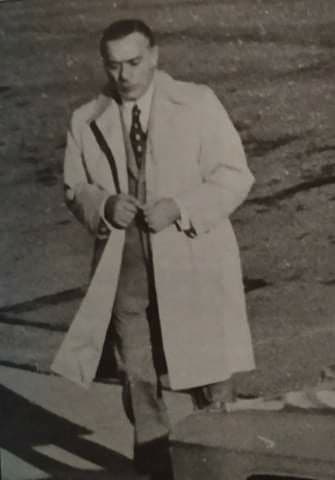
In 1951 Greco, along with his partner in crime, Frank Petrula, met with Lucky Luciano in Italy before meeting Frank Costello in New York. The meetings were to secure Montreal as a major drug trafficking hub. When Greco was killed in an unfortunate accident while he was relaying the floor in his pizzeria in December 1972, Nicolo Rizzuto took over the Sicilian faction of the Montreal Mafia. Rizzuto felt he should’ve taken over the whole shebang after Cotroni took a back seat in Montreal, however, Cotroni handed over the running of the family to Paolo Violi. Rizzuto had no respect for Violi and openly showed his disrespect on many occasions. A meeting between the two, designed to bring peace, did not go to plan. Soon after the failed peace talks, Rizzuto found out Violi had asked New York for permission to murder him, which was refused, he fled to Venezuela where he began to plot the downfall of Violi and the continued rise of the Rizzuto’s. Violi’s consigliere, Pietro Sciarra was murdered February 1976, a year later on the 8th February 1977 Francesco Violi, Paolo’s brother and alleged enforcer were killed and then on January 22nd, 1978 Paolo Violi was shot in the back of the head and killed. The final Violi brother, Rocco, met his fate in October 1980.
Nicolo Rizzuto then returned to Canada to sort out any differences and peace was brokered between the Calabrian and Sicilian factions. Rizzuto then travelled back to Venezuela where he continued working with the Cuntrera-Caruana’s in, allegedly, trafficking narcotics from Colombia to North America. On the 8th February 1988, the Venezuelan authorities discovered over 700 grams of cocaine in a Rizzuto raid. At the first trial Rizzuto was acquitted however, prosecutors in Venezuela appealed the verdict and at the subsequent retrial, Rizzuto was found guilty and sentenced to an eight-year prison term. It was alleged by the Canadian government that Rizzuto crime family member Dominic Tozzi handed over $800,000 to Venezuelan government officials to secure Rizzuto’s release. On May 23rd, 1993 Nicolo Rizzuto landed in Montreal a free man. The Canadian government had numerous requests asking for an explanation ignored from Venezuelan officials as to why Rizzuto was released early. In 1994 while visiting Switzerland Nicolo Rizzuto’s wife, Libertina was arrested as she was trying to withdraw half a million Swiss francs from Credit Suisse Trust in Lugano. She was later acquitted due to lack of evidence.
References
1 fiefdom. (n.d.) Collins English Dictionary – Complete and Unabridged, 12th Edition 2014. (1991, 1994, 1998, 2000, 2003, 2006, 2007, 2009, 2011, 2014). Retrieved April 16 2020 from .
2 http://www.comune.montevago.ag.it/Ufficio_Turistico/Storia/LicentiaPopulandi.htm. Accessed 16/04/20.
3/4 https://www.tni.org/en/paper/rothschilds-mafia-aruba . Accessed 15/04/20.
5 https://dizionario.internazionale.it/parola/soggiorno-obbligato. Accessed 15/04/20.
Sources
National Post
The Transnational Institute
Montreal Gazette
The Globe and Mail, Canada
- Ciro Dapagio’s MobKing: Trailer & Review - July 24, 2023
- LUCKY: A True Crime Graphic Novel - April 25, 2023
- The Theft of The Marlborough Diamond – Chapter 2 - February 14, 2023






